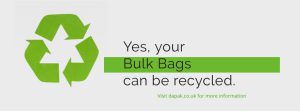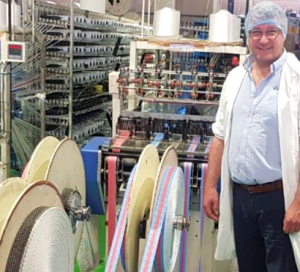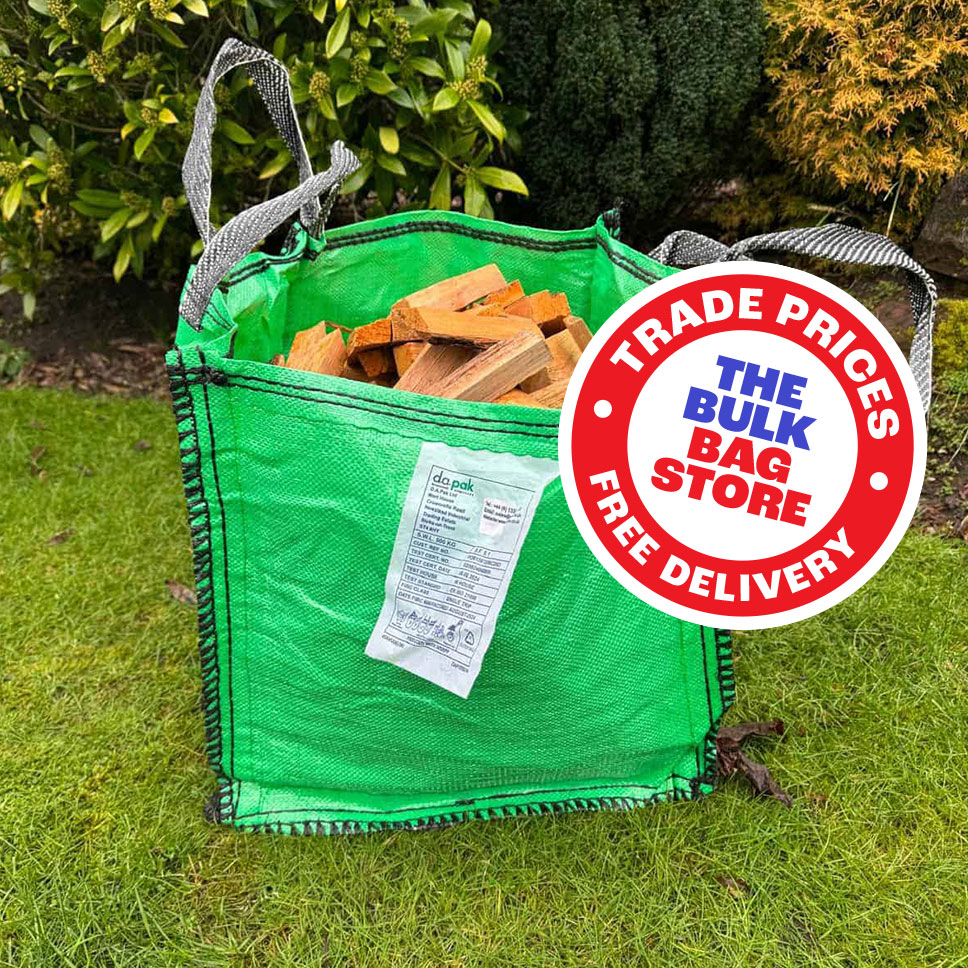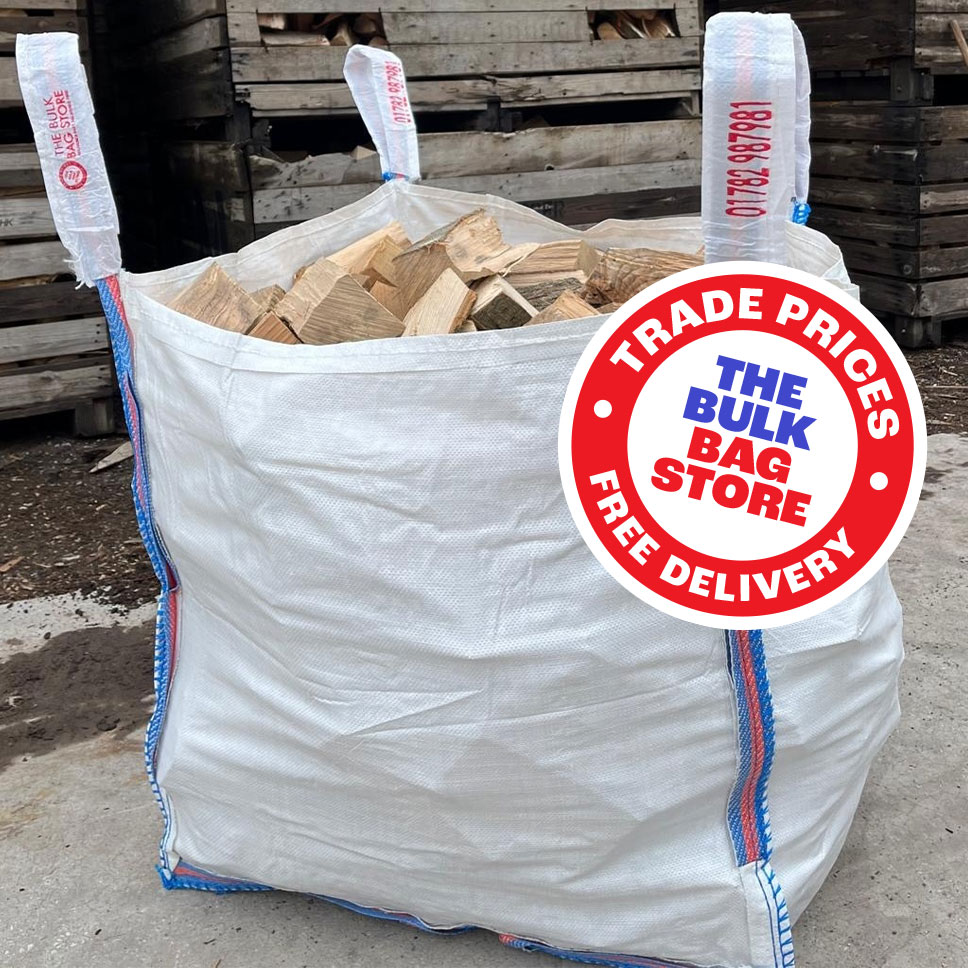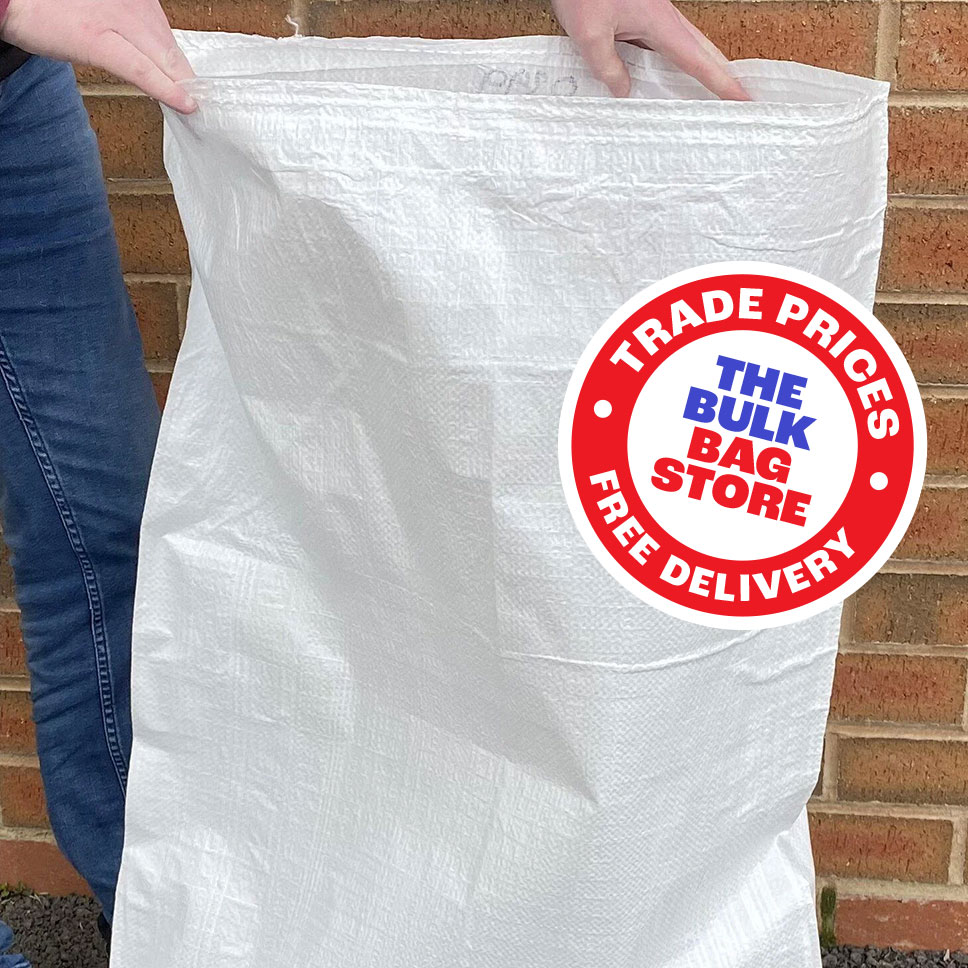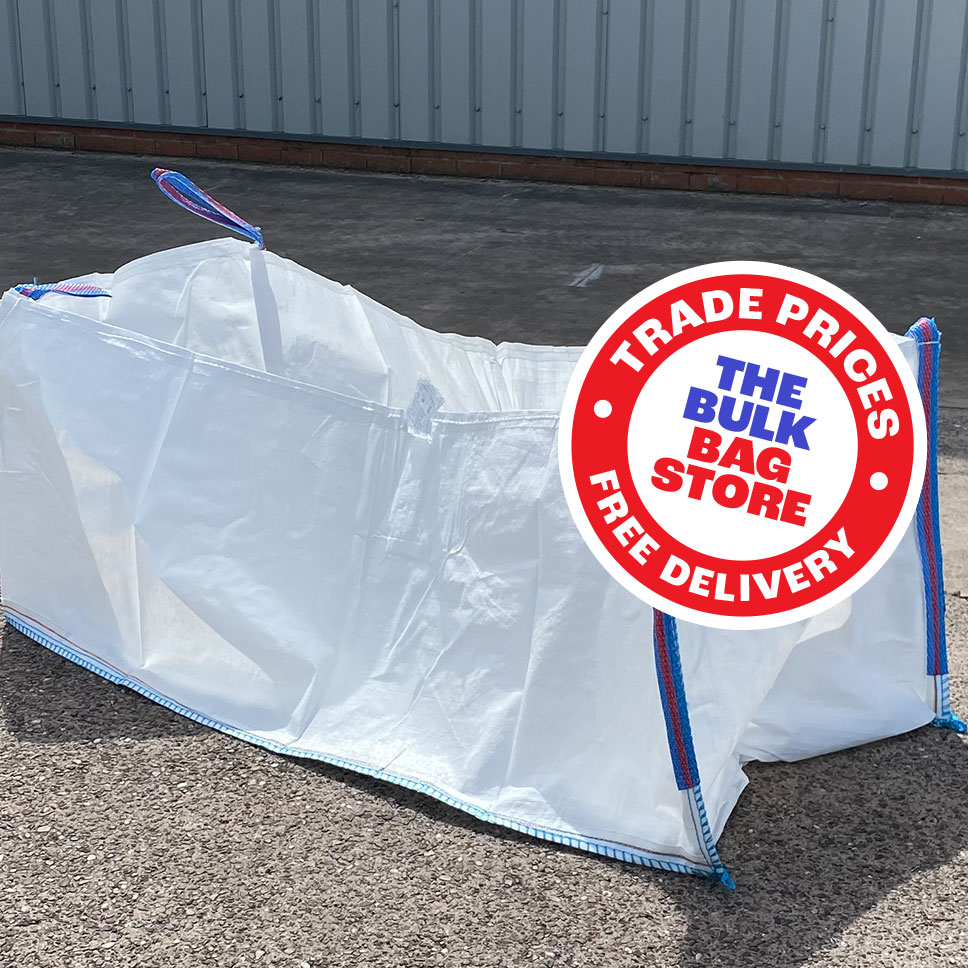Paper vs Plastic Packaging: Which Should You Choose?
When it comes to packaging, most businesses eventually face the same question: paper or plastic?
On the surface, paper looks like the eco-friendly choice, while plastic has a reputation for waste. But, in reality, there’s a lot more to it. Both have strengths, weaknesses and, of course, costs – so in the end it really comes down to what you’re after.
Paper packaging: pros and cons
Pros
Paper packaging has become a popular alternative to plastic, especially in retail and e-commerce. It’s recyclable, compostable and biodegradable (under the right conditions) – which makes it appealing to eco-conscious customers.
Using FSC-certified or recycled grades can also do great things for your brand’s sustainability credentials. Paper is a good fit for your dry, lightweight products like flour, cereals or garden waste, and cardboard boxes are widely recycled.
Cons
The two big drawbacks of papery are performance and cost. Paper isn’t great for moisture resistance and tears easily when it’s wet. It’s also heavier and bulkier than plastic, which means you’ll have higher shipping costs and need more storage space.
Paper production itself is resource-intensive, needing a lot of water, energy and raw materials. Not only that, but some coated or laminated paper packaging can’t be recycled at all.
Plastic packaging: pros and cons
Pros
Plastic is still the most common packaging material worldwide – and for good reason. It’s strong, versatile and durable enough to handle your rubble, sand, soil and any other heavy or sharp contents.
It resists moisture, making it great for your outdoor use or damp conditions, and because it’s lightweight, it often has a smaller carbon footprint than paper. Plastic is also cheaper to produce in large quantities, keeping your unit costs low.
Cons
Your customers usually associate plastic with unsustainable practices (even though it can sometimes be more environmentally friendly in production and shipping.)
For heavy-duty industries, woven polypropylene bulk bags are still one of your most cost-effective options. Strong and reusable, they’re a great choice for durability.
Making the right choice
Neither option is 100% perfect, and sometimes your best bet is to use a combination of both.
- Paper works best for your dry goods, eco-minded retail packaging, or when sustainability is part of your brand image.
- Plastic is your practical choice for heavy, damp or abrasive products, where performance and low cost per unit matter most.
Still not sure which to choose? Contact The Bulk Bag Store for expert advice on bags, boxes and bulk packaging tailored to you.

